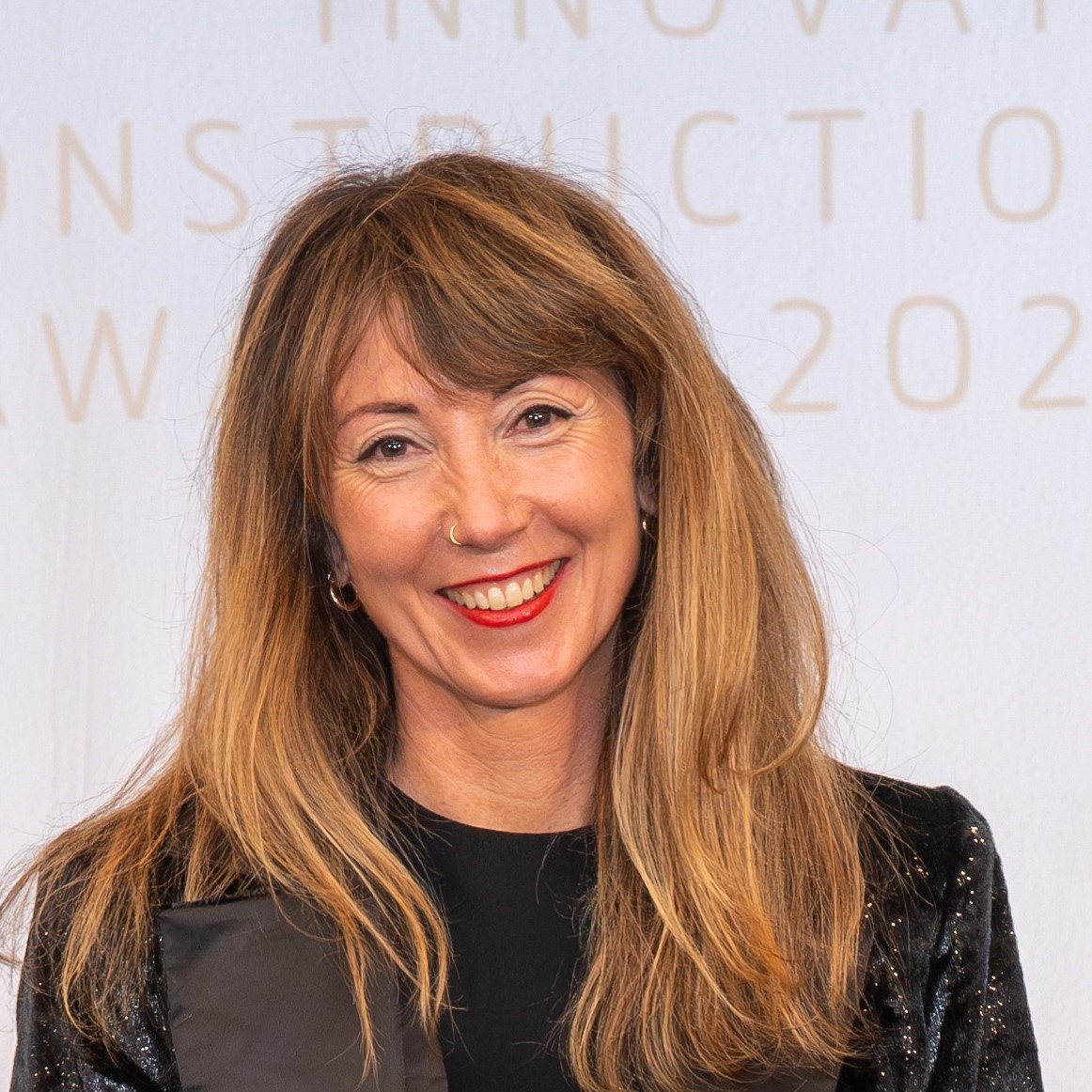The experience built up by water infrastructure companies will be decisive in efficiently managing the limited water resources we have available. With more than 385 treatment and desalination plants on its books, Cadagua is keen to contribute to meeting this challenge.
Aunque la Tierra sea conocida como el “planeta azul”, los recursos hídricos de los que dispone son limitados. De toda el agua que contiene solo el 3% es dulce. Esta realidad no ha supuesto ningún obstáculo para que su consumo se haya multiplicado por seis en los últimos 100 años. De hecho, se incrementa a un ritmo del 1% anual.
No hay que ser ningún experto para deducir que el abastecimiento de agua supondrá uno de los mayores desafíos a los que la humanidad deberá hacer frente en los próximos años y que el desarrollo de soluciones que garanticen una gestión óptima de los recursos hídricos constituye ya una necesidad apremiante.
Las empresas dedicadas a la construcción y operación de infraestructuras de agua están llamadas a ocupar una posición destacada en la búsqueda de esas soluciones. Ese es el objetivo que se ha fijado Cadagua. En sus más de 45 años de historia, la filial de infraestructuras de agua de Ferrovial Agroman ha ejecutado 125 estaciones de tratamiento de aguas residuales, más de 80 estaciones de tratamiento de agua potable, más de 150 plantas de aguas residuales industriales y 35 plantas desaladoras, desarrollando proyectos en España, Portugal, Reino Unido, Polonia, Chipre, Chile, Estados Unidos, Marruecos, Túnez, Emiratos Árabes Unidos, Omán, China y la India. Las potabilizadoras y desalinizadoras que ha construido dan servicio a 15 millones de personas, mientras que 21 millones se benefician de sus estaciones de tratamiento de aguas residuales. En las plantas que opera actualmente, Cadagua produce 125 millones de metros cúbicos de agua desalada y 40 de agua potable y trata más de 240 millones de metros cúbicos de aguas residuales cada día. Esta experiencia le ha dotado de las capacidades necesarias para superar los retos relacionados con la gestión eficiente del agua. Como destaca Julio Llorente, Director de Producción de Cadagua, “en nuestros contratos tratamos de implantar soluciones innovadoras con las que obtenemos el máximo aprovechamiento de los recursos y todo el conocimiento que adquirimos lo aplicamos en nuevos proyectos”.
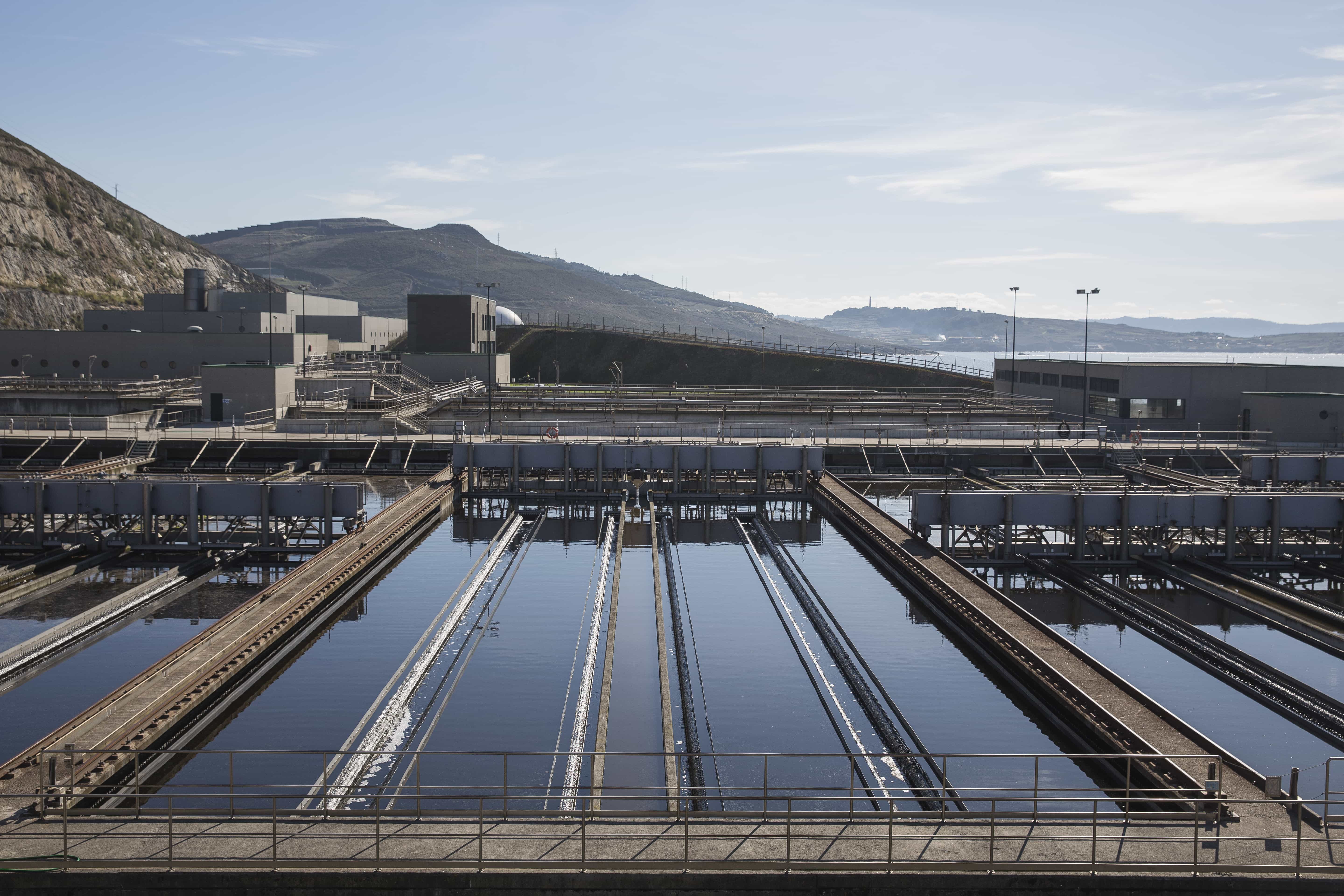
Para Llorente, la labor de las compañías que construyen y operan infraestructuras de agua es cada vez más compleja. “Las regulaciones medioambientales incrementan periódicamente las exigencias en calidad de abastecimiento y vertido, mientras que los usuarios demandan fiabilidad en el servicio”. A ello se añaden los Objetivos de Desarrollo Sostenible que ha fijado Naciones Unidas, de los que dos están estrechamente ligados con la actividad de estas empresas: garantizar el acceso al agua y preservar los ecosistemas marinos.
Plantas de tratamiento
Precisamente Naciones Unidas llamaba la atención sobre las oportunidades que brindaba el tratamiento de aguas residuales en su informe sobre el Desarrollo de los Recursos Hídricos de 2017, no solo porque reduce la contaminación de las fuentes, sino también porque permite reutilizar aguas previamente regeneradas y recuperar subproductos útiles.
La estación depuradora de aguas residuales de Bens, en el noroeste de España, es un buen ejemplo de esos beneficios. Esta instalación da servicio a la ciudad de La Coruña y su área metropolitana, que suman más de 400.000 habitantes. Cadagua, junto con Ferrovial Agroman, fue la encargada de construirla y ha sido la responsable de su operación y mantenimiento desde que se puso en funcionamiento en 2010.
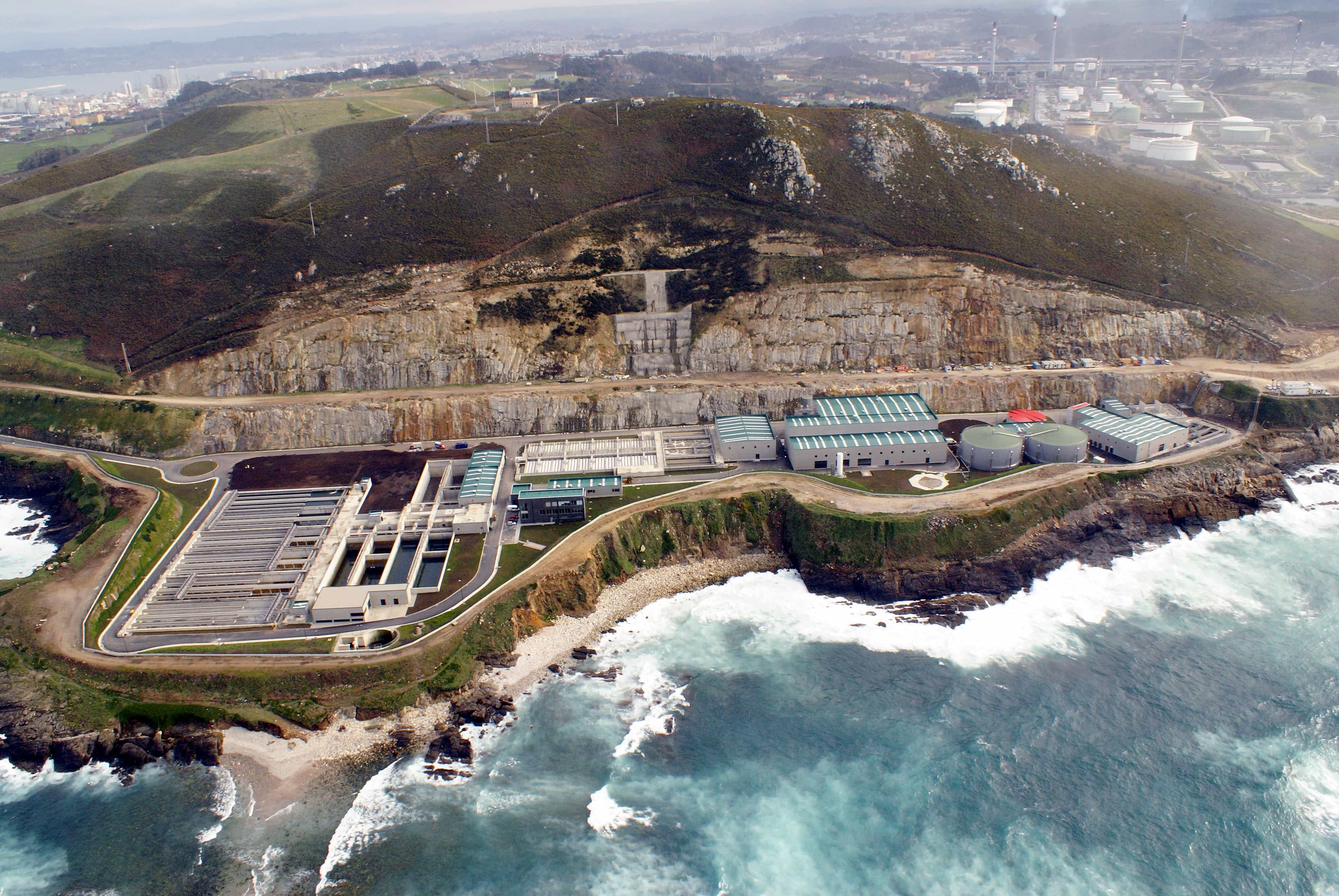
“Para el sector público, trabajar con una compañía capaz de gestionar el diseño, construcción y operación es crucial. El peor escenario es que un proyecto socialmente rentable no se realice o no dé los resultados esperados La experiencia y el conocimiento en las tres fases son una garantía de que el proyecto llegará a buen fin”, asegura Llorente.
El diseño de la planta de Bens tuvo en cuenta el previsible crecimiento de la población y de la actividad industrial de la zona, por lo que puede atender a una población de 600.000 personas y tratar un caudal máximo de 6,7 metros cúbicos por segundo. Las instalaciones incluyen además un sistema de desinfección de rayos UV y un emisario submarino que conduce el agua tratada 900 metros mar adentro, respetando de esta manera las directivas europeas de tratamiento y saneamiento, calidad de agua para la cría de moluscos, aguas destinadas a baños y tratamiento de lodos de depuración. Además, está dotada de una línea de gas que permite la valorización energética del biogás producido durante la digestión anaerobia de los fangos. De este modo, la planta contribuye de forma activa a la protección y conservación del medio ambiente, al uso sostenible de los recursos naturales y al respeto al medio marino.
En nuestros contratos tratamos de implantar soluciones innovadoras con las que obtenemos el máximo aprovechamiento de los recursos y todo el conocimiento que adquirimos lo aplicamos en nuevos proyectos
En el portafolio de Cadagua, se encuentra la construcción, operación y mantenimiento de otras plantas de tratamiento de aguas residuales y aguas residuales industriales en Reino Unido, Polonia, Portugal, Chile y Oriente Medio. “Tratamos de aprovechar las sinergias con otras empresas del grupo con mayor tamaño y presencia internacional, aportándoles nuestro conocimiento en la tecnología relacionada con el agua y combinándolo con su experiencia y conocimiento local de los mercados”, explica el Director de Producción de la compañía.
En 2015, la firma se hizo con su primer contrato en Estados Unidos, la remodelación de una planta en el municipio de Trophy Club, situada en el área metropolitana de Dallas-Fort Worth. En 2016, Ferrovial adquirió la compañía Pepper Lawson para impulsar la presencia de Cadagua en el país. Dos años más tarde, la filial de infraestructuras de agua de Ferrovial se adjudicaría su primer contrato en Australia, el diseño y la construcción de una instalación de recuperación energética para la compañía Water Corporation en su planta de tratamiento de agua de Perth, junto con Broadspectrum, filial australiana de Ferrovial Servicios.
Actualmente 3.600 millones de personas, casi la mitad de la población mundial, viven en áreas con riesgo de sufrir escasez de agua al menos un mes al año. Esa cifra podría alcanzar los 5.700 millones en 2050.
Desalinizadoras
Otro de los aspectos que hay que abordar para hacer frente al reto del agua es la obtención de recursos hídricos de fuentes alternativas, sobre todo si tenemos en cuenta que, según datos de Naciones Unidas, actualmente 3.600 millones de personas, casi la mitad de la población mundial, viven en áreas con riesgo de sufrir escasez de agua al menos un mes al año y que esa cifra podría alcanzar en 2050 los 5.700 millones. Una de esas fuentes alternativas es el agua del mar. Después de la II Guerra Mundial comenzaron a instalarse las primeras plantas desalinizadoras y a mediados de los años sesenta apareció un método de desalinización que revolucionaría el proceso: la ósmosis inversa. Esta técnica ha ido evolucionando y perfeccionándose con el fin de minimizar su principal inconveniente, el alto consumo de energía.
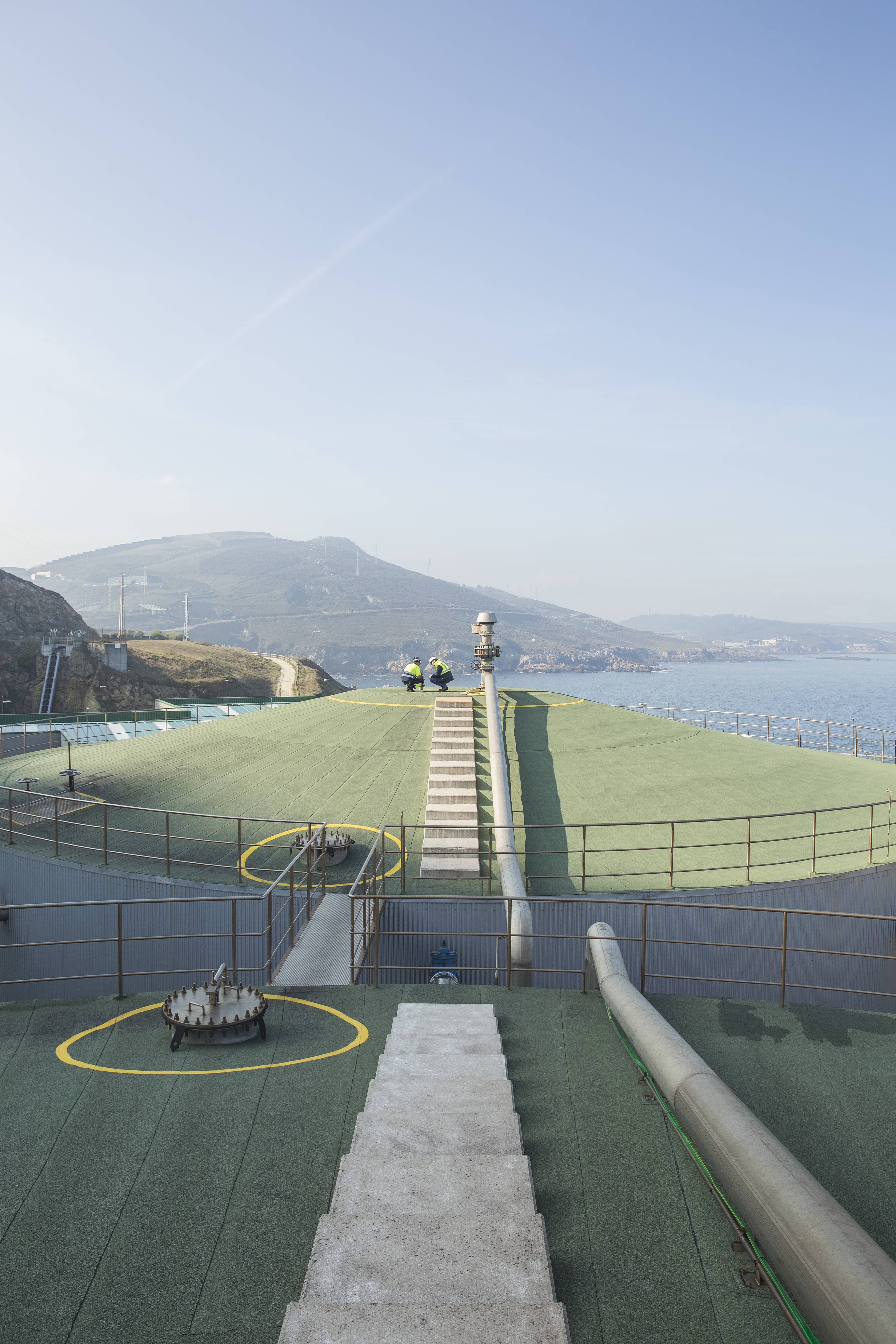
En la planta desalinizadora de Valdelentisco, en el sureste de España, Cadagua puso en marcha una instalación destinada a la reducción de los costes energéticos. A través de la sustitución de turbinas Pelton por cámaras isobáricas en dos de los once bastidores de su sistema de recuperación energética, la compañía consiguió disminuir la ratio de energía consumida y agua producida. Con estos cambios, se producen 22.800 metros cúbicos al día, del total de la producción, a partir de una única bomba de alta presión de 2,3 MW de potencia. Actualmente Cadagua está ejecutando estas modificaciones en la totalidad de la planta.
La planta de Valdelentisco fue en su día la mayor desaladora de Europa y la tercera del mundo, con una capacidad de producción de 70.000 metros cúbicos al día. Se encuentra situada en Murcia, una región de gran producción agrícola, castigada por una sequía casi permanente. Las instalaciones fueron concebidas inicialmente para destinar la totalidad de su producción al riego de los campos de cultivo, pero se ampliaron para proporcionar agua para usos turístico y residenciales.
En la planta desalinizadora de Valdelentisco, en el sureste de España, Cadagua puso en marcha una instalación destinada a la reducción de los costes energéticos
Con el fin de minimizar el impacto sobre las praderas de posidonia marina del litoral, así como la fauna que se nutre de ella, las tuberías de toma y vertido discurren paralelas en su tramo más alejado de la tierra. La tubería de vertido dispone en su tramo final de un sistema de difusores que garantizan la dilución de la salmuera en el momento de la salida al mar, que se produce a suficiente distancia de la toma, para evitar la recirculación de la salmuera, y de las praderas de posidonia.
Chile, Marruecos Túnez, Arabia Saudí, Emiratos árabes y Omán son otros de los países en los que Cadagua ha llevado a cabo proyectos de construcción y operación de desalinizadoras. En el último fue la responsable de ejecutar la planta de Al-Ghubrah capaz de producir 191.000 metros cúbicos de agua potable al día para atender una población de 700.000 personas del área metropolitana de Muscat. La operación de la planta permite cubrir la creciente demanda de agua potable en la región y dejar fuera de servicio algunas instalaciones antiguas que han dejado de ser eficientes o tener un comportamiento fiable. “Uno de los hitos de los que nos sentimos más orgullosos es que durante la construcción de esta planta alcanzamos los tres millones de horas trabajadas sin accidentes con tiempo perdido, hecho que demuestra nuestro compromiso con la salud y la seguridad”, destaca Llorente.
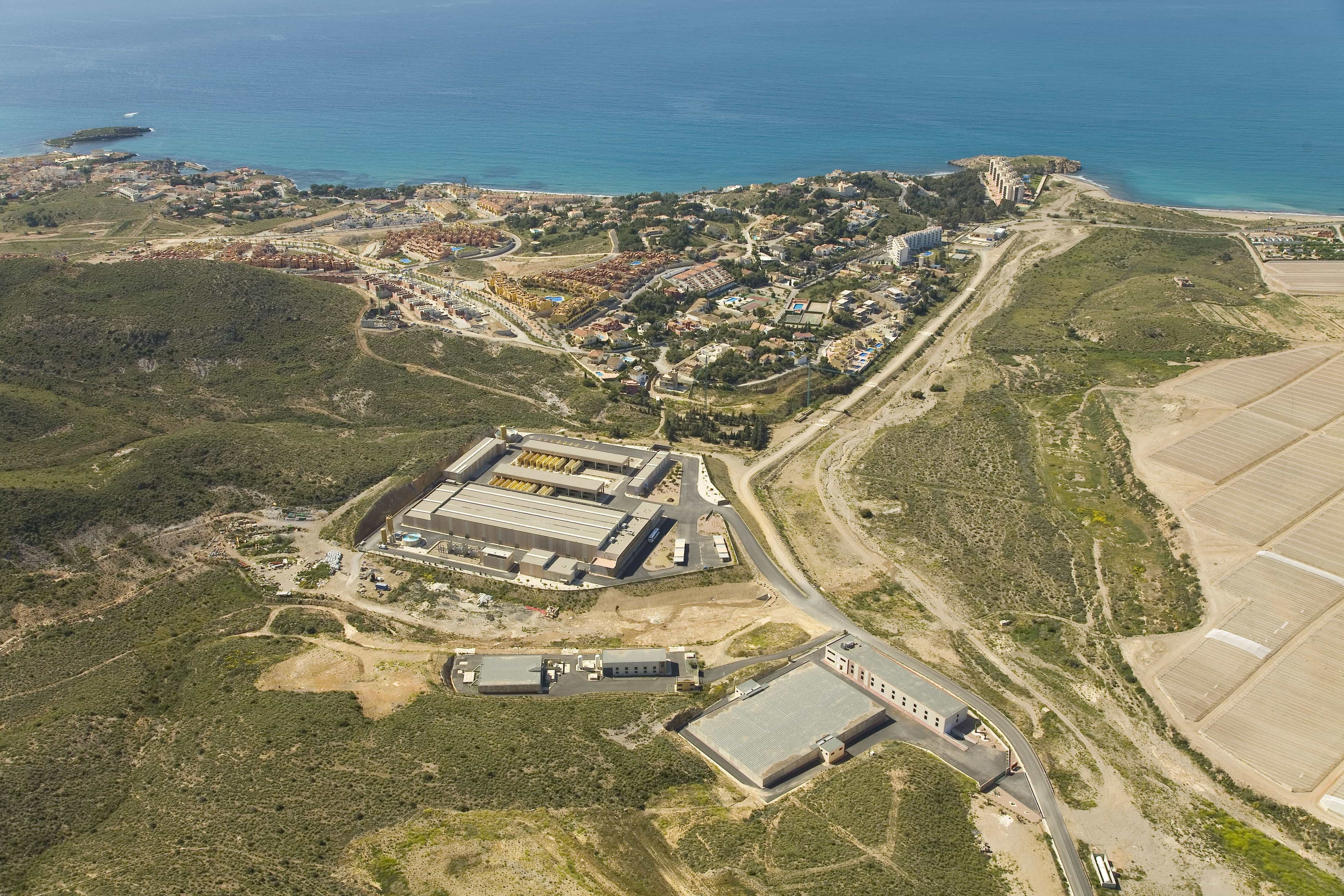
Colaboración
Más allá de soluciones como las plantas de tratamiento o las desalinizadoras, la humanidad solo podrá hacer frente al reto del agua si aprende a valorarla como un recurso limitado que se debe emplear de forma eficiente. Para Llorente, “parece que la sociedad toma consciencia del problema en los momentos de mayor estrés, como los grandes ciclos de sequía, que es cuando se producen los grandes debates sociales y políticos sobre reutilización, desalinización o trasvases”. En su opinión, “las empresas de infraestructuras debemos estar preparadas para afrontar los retos de la excelencia en la gestión del agua, aportando soluciones que creen el mayor valor para la sociedad, fortaleciendo la colaboración con gobiernos y comunidades y fomentando la innovación orientada al aprovechamiento de los recursos disponibles”.



